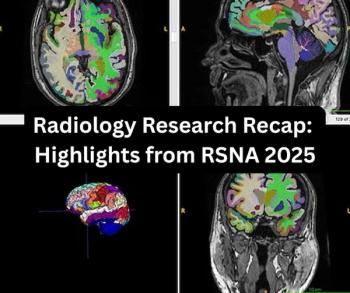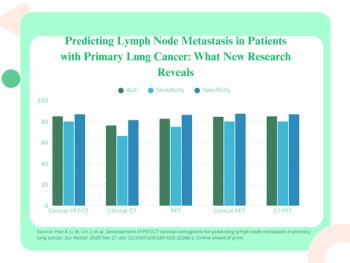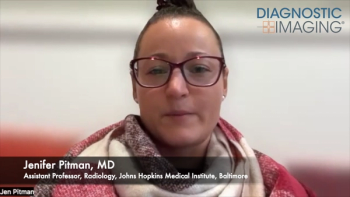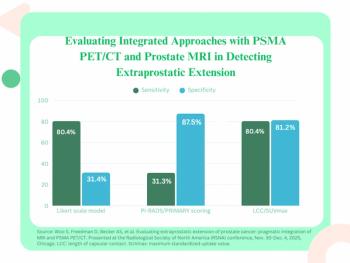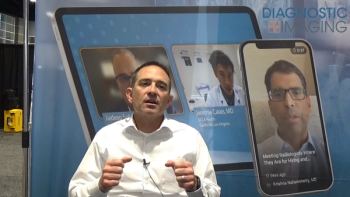
New Study Shows Viability of Adjunctive AI for Breast Ultrasound
Adjunctive use of an artificial intelligence (AI) software demonstrated nearly equivalent sensitivity and over 28 percent higher accuracy in comparison to radiologist assessment of breast ultrasound images for breast lesions, according to new research presented at the recent Society of Breast Imaging (SBI) conference.
In new research comparing the use of adjunctive artificial intelligence (AI) to radiologist assessment of breast ultrasound images, researchers found that adjunctive AI had over a 28 percent higher accuracy rate and a nearly 40 percent higher specificity rate for diagnosing breast lesions.
For the retrospective study, presented at the recent
The researchers found that use of the Koios DS Breast software had a 60.4 accuracy rate in comparison to a 31.8 percent accuracy rate for radiologist assessment of breast lesions on ultrasound as well as a 97.5 sensitivity rate. There was also a significant reduction of false positives with the AI software (60) in comparison to 105 false positive diagnoses for radiologist assessment without AI.
“Our preliminary results show there is promise that an AI (decision support) system would be an accurate and reliable second opinion in diagnostic ultrasound examinations,” noted lead study author Clara Koo, M.D., a diagnostic radiology resident affiliated with the Mount Sinai Health System in New York, N.Y., and colleagues. “Furthermore, (the AI software) has the potential to reduce false positive readings, especially in younger patients, reducing the burden of unnecessary biopsies.”
In the diverse patient cohort, the researchers also noted no evidence of racial- or machine-based bias affecting the study results. Koo and colleagues added that there was increasing correlation between the AI software and radiologist assessment with advancing patient age.
(Editor’s note: For related content, see “
Newsletter
Stay at the forefront of radiology with the Diagnostic Imaging newsletter, delivering the latest news, clinical insights, and imaging advancements for today’s radiologists.

